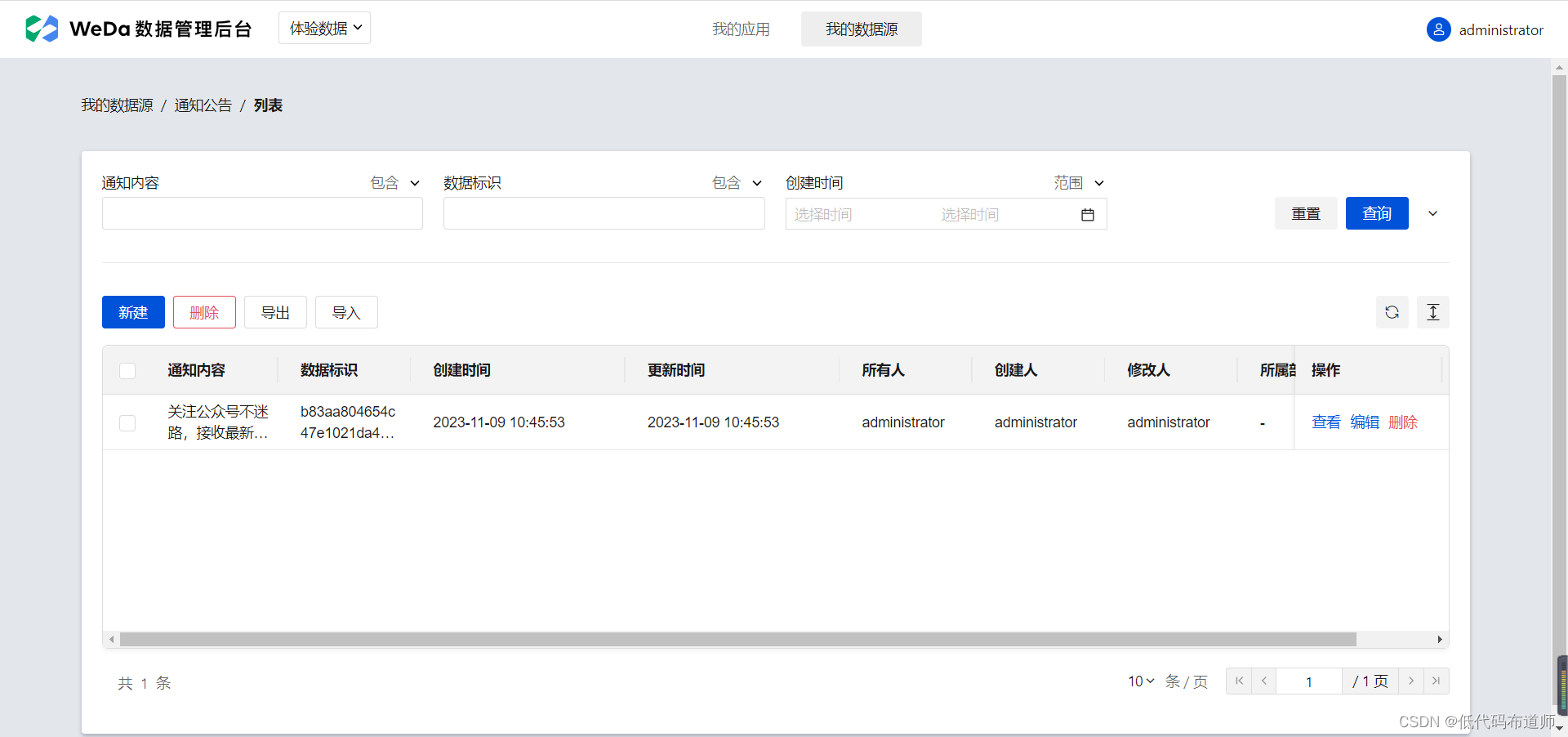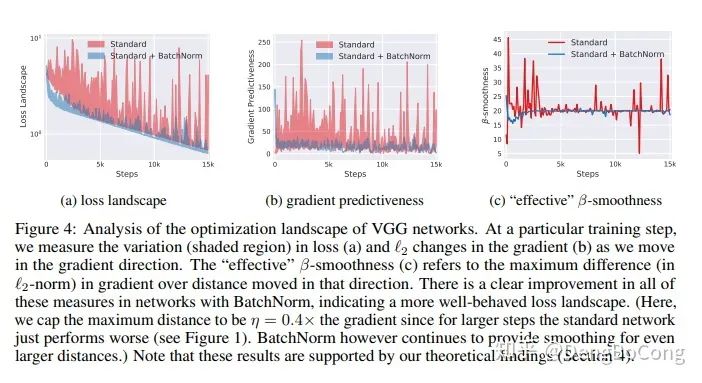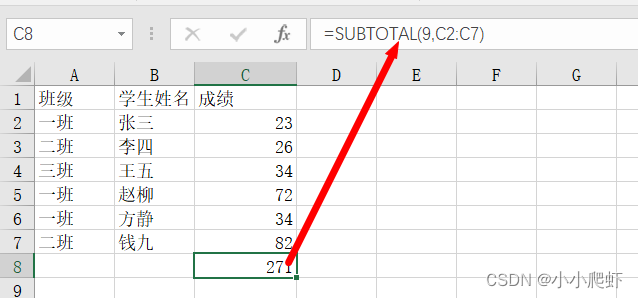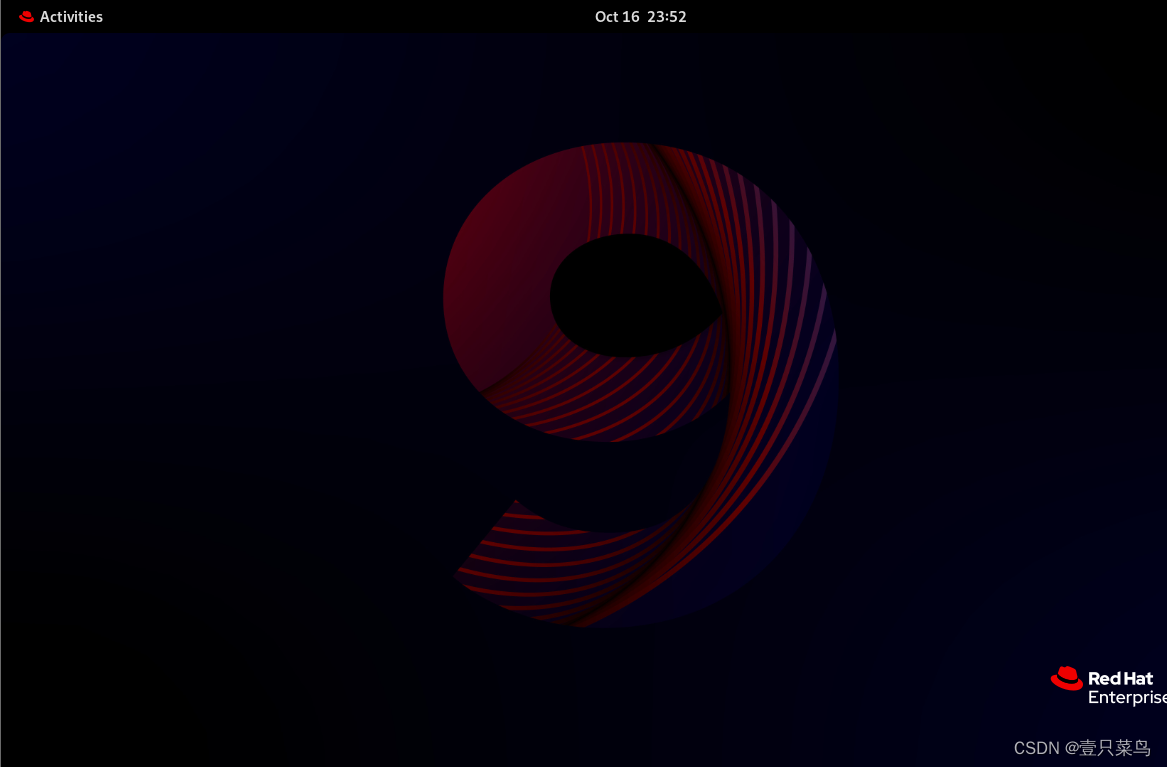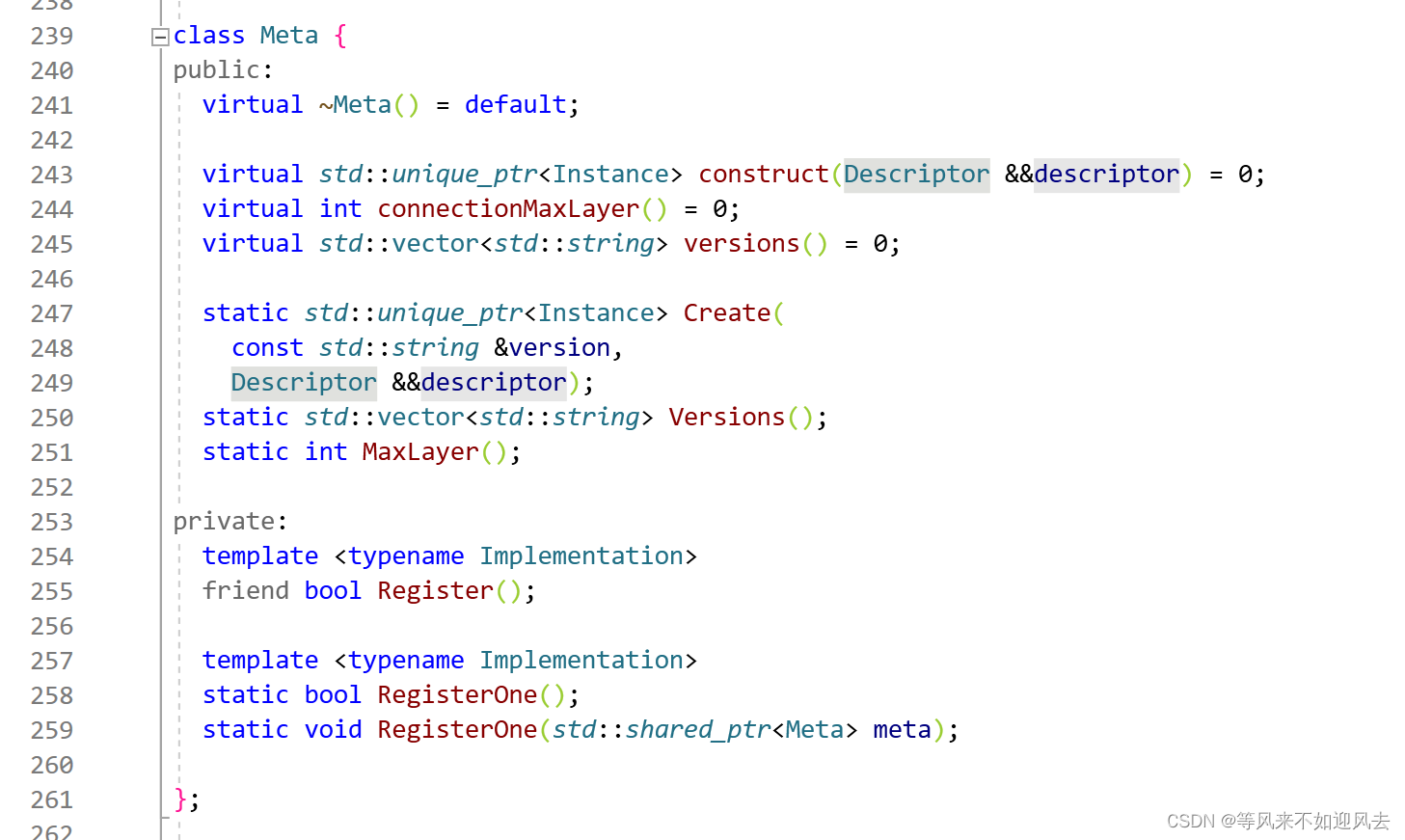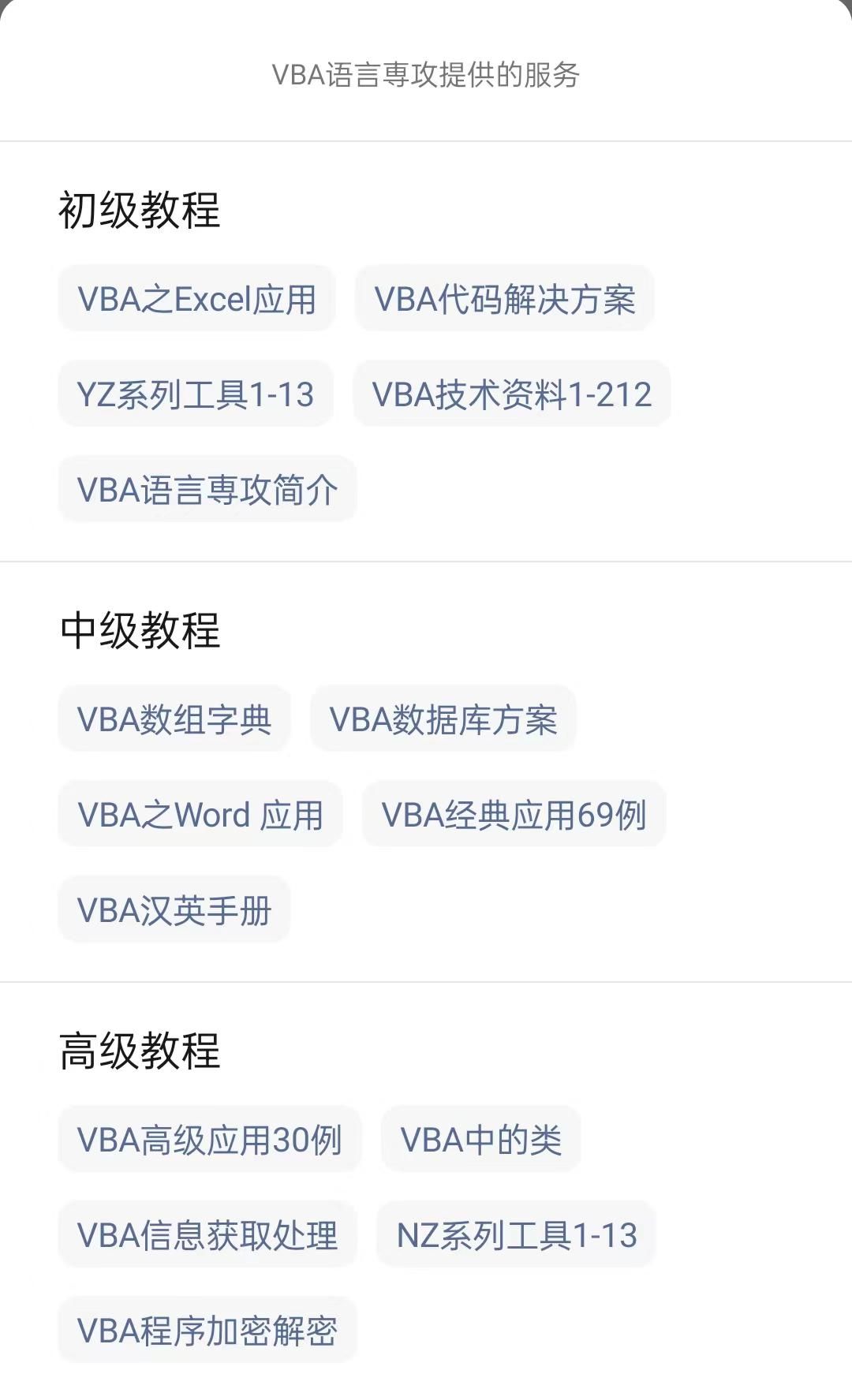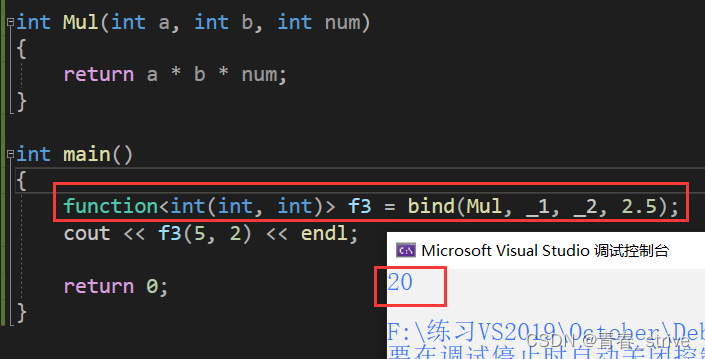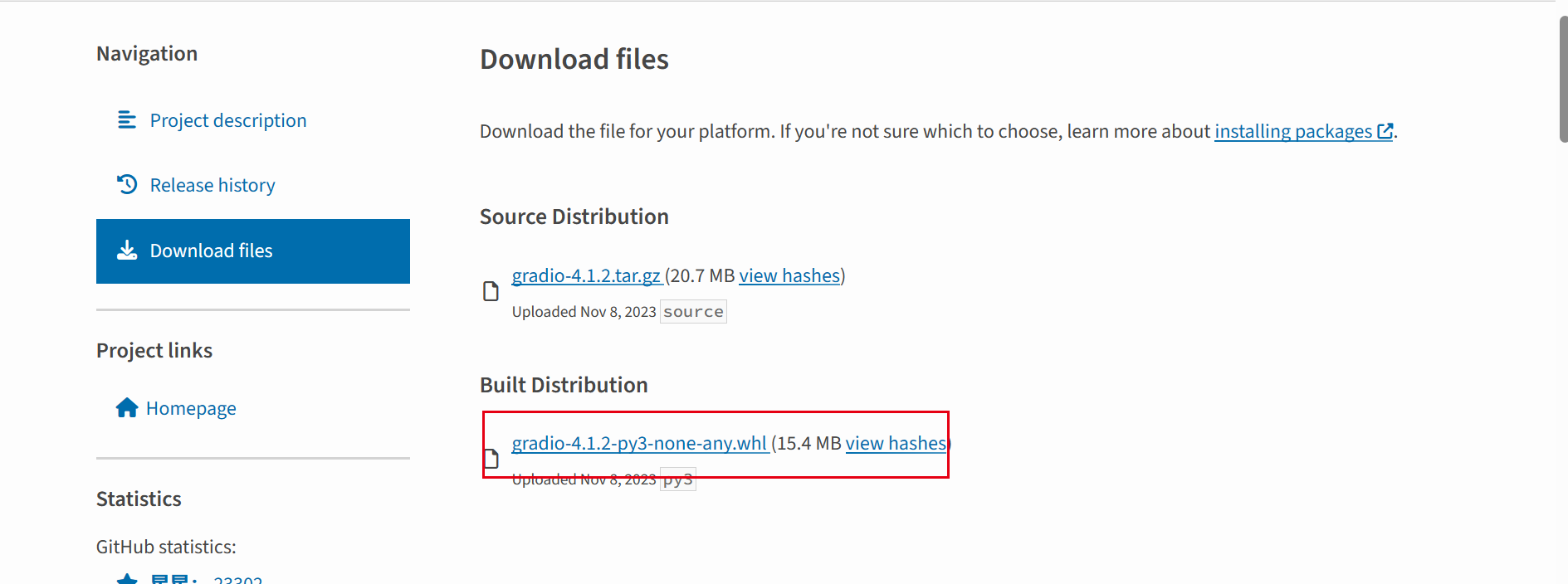目录
一.循环链表的设计
二.循环链表的实现
三.循环链表的总结
一.循环链表的设计
1.循环链表的结构设计:
typedef struct CNode{
int data;
struct CNode* next;
}CNode ,*CList;2.循环链表的示意图:
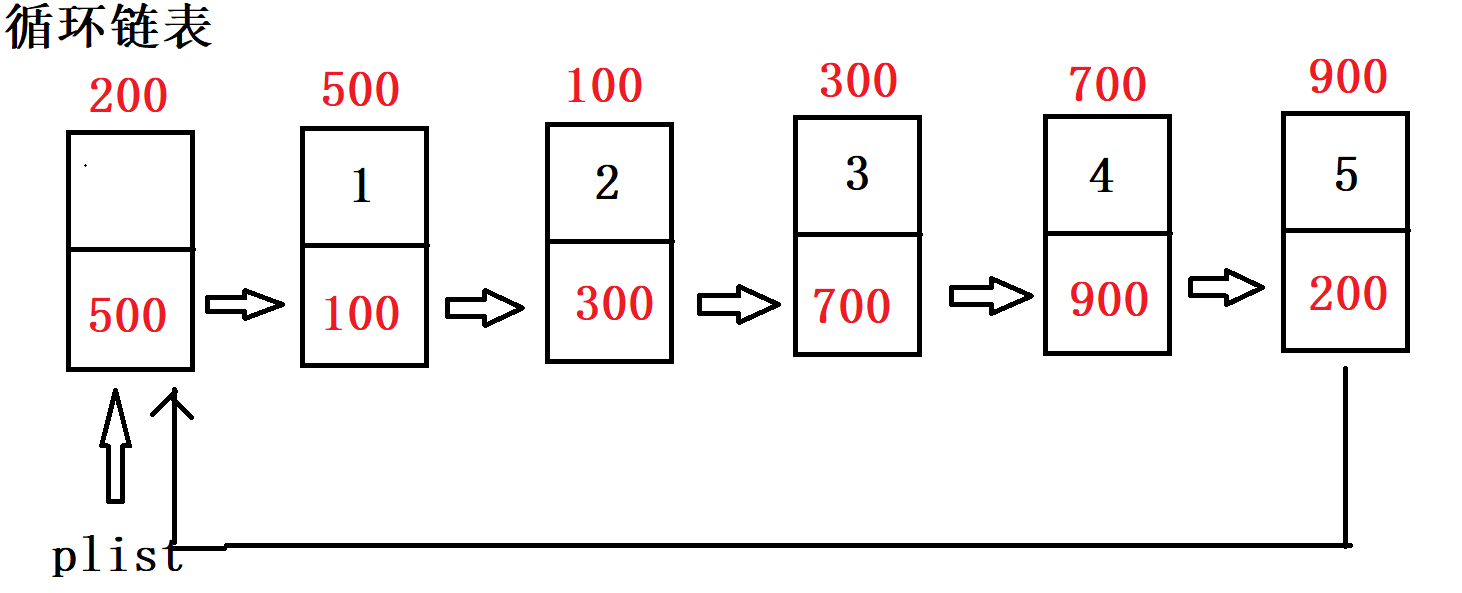
3.循环链表和单链表的区别:
唯一区别,没有空指针,尾节点的后继为头,为循环之意.
二.循环链表的实现
//初始化
void InitList(CList plist)
{
assert(plist != NULL);
if (plist == NULL)
return;
//头节点的数据域不使用
plist->next = plist;//环形
}
//头插
bool Insert_head(CList plist, int val)
{
assert(plist != NULL);
if (plist == NULL)
return false;
//申请节点
CNode* p = (CNode*)malloc(sizeof(CNode));
assert(p != NULL);
//放入数据
p->data = val;
//头插
p->next = plist->next;
plist->next = p;
return true;
}
//尾插
bool Insert_tail(CList plist, int val)
{
assert(plist != NULL);
if (plist == NULL)
return false;
//创建新节点
CNode* p = (CNode*)malloc(sizeof(CNode));
assert(p != NULL);
p->data = val;
//找尾巴
CNode* q;
for (q = plist; q->next != plist; q = q->next)
{
;
}
//尾插
p->next = q->next;//p->next=plist;
q->next = p;
return true;
}
//插入数据,在plist链表的pos位置插入val;
bool Insert(CList plist, int pos, int val)
{
if (pos<0 || pos>GetLength(plist))
{
return false;
}
//申请节点
CNode* p = (CNode*)malloc(sizeof(CNode));
assert(p != NULL);
p->data = val;
//找位置
CNode* q;
int i = 0;
for(q=plist;i<pos;i++,q=q->next)
{
;
}
//插入
p->next = q->next;
q->next = p;
return true;
}
//判空
bool IsEmpty(CList plist)
{
return plist->next == plist;
}
//获取数据节点的个数
int GetLength(CList plist)
{
assert(plist != NULL);
if (plist == NULL)
return 0;
int count = 0;
for (CNode* p = plist->next; p != plist; p = p->next)
{
count++;
}
return count;
}
//在plist中查找第一个key值,找到返回节点地址,没有找到返回NULL;
CNode* Search(CList plist, int key)
{
assert(plist != NULL);
if (plist == NULL)
return NULL;
for (CNode* p = plist->next; p != plist; p = p->next)
{
if (p->data == key)
{
return p;
}
}
return NULL;
}
//删除pos位置的值
bool DelPos(CList plist, int pos)
{
if (pos < 0 || pos >= GetLength(plist))
{
return false;
}
CNode* p;
int i;
for (p = plist, i = 0; i < pos; i++, p = p->next)
{
;
}
CNode* q = p->next;//q是要删除的点
p->next = q->next;
free(q);
return true;
}
bool DelVal(CList plist, int val)
{
CNode* p = GetPrio(plist, val);
if (p == NULL)
{
return false;
}
CNode* q = p->next;//q为要删除的点
p->next = q->next;
free(q);
return true;
}
//返回key的前驱地址,如果不存在返回NULL;
CNode* GetPrio(CList plist, int key)
{
CNode* p;
for (p = plist; p->next != plist; p = p->next)
{
if (p->next ->data == key)
{
return p;
}
}
return NULL;
}
//返回key的后继地址,如果不存在返回NULL;
CNode* GetNext(CList plist, int key)
{
CNode* p = Search(plist, key);
if (p == NULL)
return NULL;
return p->next;
}
//输出
void Show(CList plist)
{
for (CNode* p = plist->next; p != plist; p = p->next)
{
printf("%d ", p->data);
}
printf("\n");
}
//清空数据
void Clear(CList plist)
{
Destroy(plist);
}
//销毁整个内存
void Destroy(CList plist)
{
//总是删除第一个数据节点
CNode* p;
while (plist->next != plist)
{
p = plist->next;
plist->next = p->next;
free(p);
}
}三.循环链表的总结
循环链表其实和单链表是一样的操作,只是在处理的时候处理好尾节点即可,切记,遍历循环链表中不可出现NULL,若遍历的时候出现NULL就错了.
